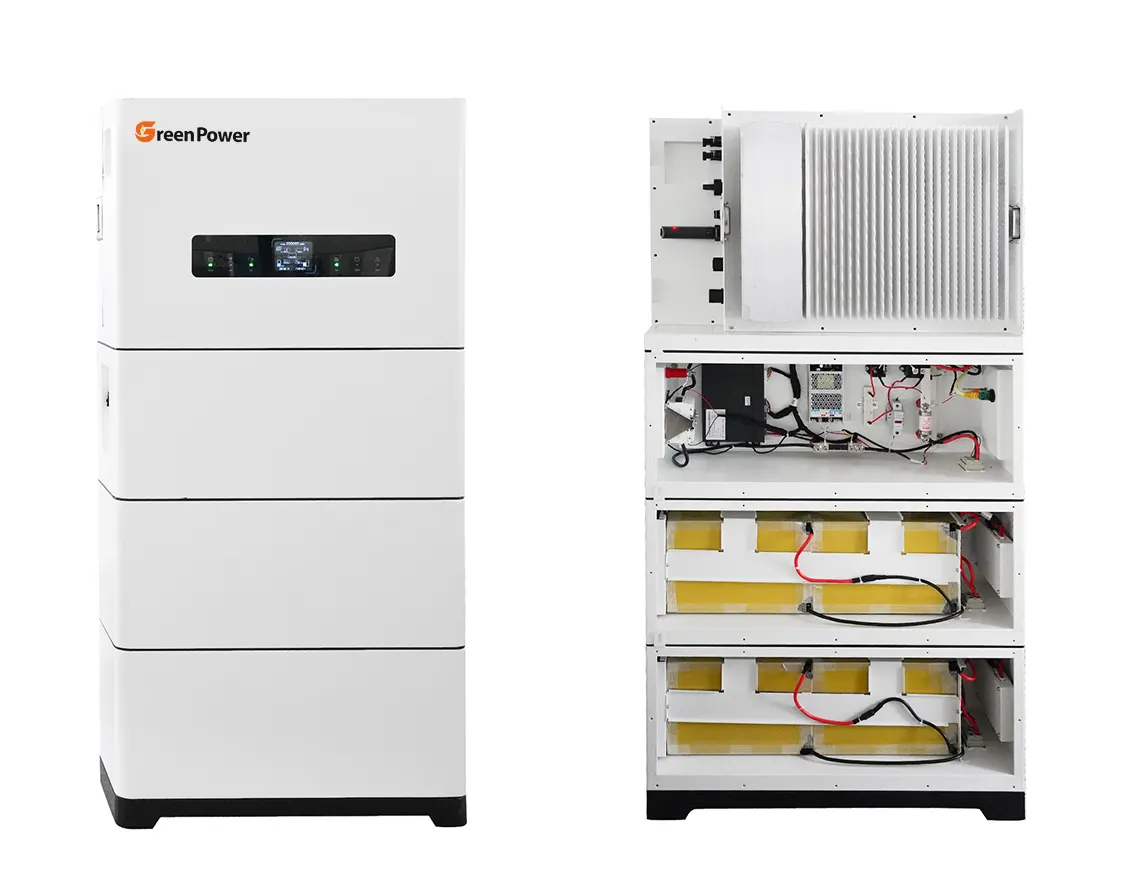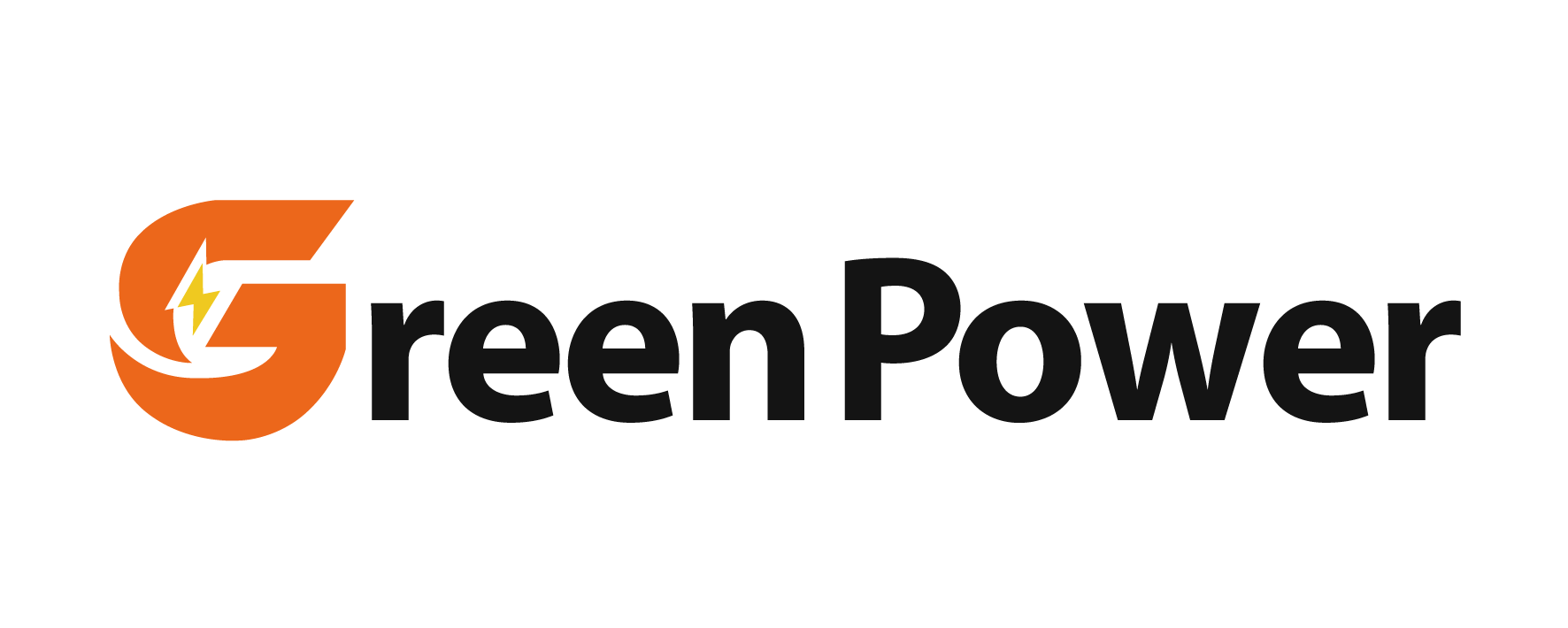הרחבה משמעותית במערכות מתחדשות
עקרונות עיצוב מודולרי
עיצוב מודולרי מהווה את ליבם של חבילות סוללות יציבות, מה שמאפשר לאנשים להתחבר ליחידות נוספות בכל פעם שצרכיהם האנרגטיים גדלים. המאפיין המדהים כאן הוא שבני אדם לא חייבים להוציא סכומים אדירים על מערכות גדולות כבר ביום הראשון. הם יכולים להתחיל עם מה שהם צריכים עכשיו ולהוסיף בהמשך, במקום להתמודד עם עלויות התחלתיות גדולות מדי הנובעות מיצירת תשתיות ענק בבת אחת. מערכות מודולריות אלו פועלות מצוין גם כאשר אדם גר בבית או מנהל עסק, ונותנות גמישות אמיתית בניהול כמות האנרגיה שנאגרת ומשומשת. מערכות אנרגיה מתחדשת הופכות לקלות יותר להגנה ול הרחבה לאורך זמן הודות לחשיבה כזו של סוללות יציבות. כמו כן, אין צורך בחיווט מחדש מורכב או שינויי מערכת משמעותיים כאשר הצרכים משתנים בעתיד.
התאמה לשינויים עונתיים
מערכות תורכבות מותאמות היטב לשינויים בדרישת האנרגיה לאורך העונות. כאשר מתקימים כראוי, ניתן להחליף את המצב של המערכות האלה בהתאם לצורך בזמנים שונים במהלך השנה, מה שמעודד ניהול טוב יותר של האגירה והשימוש. לדוגמה, מתקנים חכמים לייצור אנרגיה נוטים להשתמש בכלים לחיזוי תקופות של שיאי דרישה ואז מעדכנים מראש את תפוקת החשמל, וכך שומרים על יציבות גם בעונות עמוסות. הוספה של פאנלים סולריים לתרשים היא גם הבדל גדול. מקורות מתחדשים אלה מעצימים את כמות האנרגיה שנאספת ומאוחסנת, ועוזרים לאזן את התקופות שבהן הייצור יורד בעונה מסוימת. עם ההשתנות המתמשכת בדרישות האנרגיה של האנשים לאורך השנה, מערכות תורכבות גמישות נותרות בחירה מוצקה כדי לשמור על גישה קבועה לחשמל ללא הפסקות חוזרות.
פתרונות ניהול אנרגיה בעלי עלות-תפוקה טובה
הפחתת דמי ביקוש
ארגזים סוללים של סוללות עוזרים להפחית את תשלומי הביקוש בזמנים של שיא צריכה, מה שעוזר לחסוך בעלויות החשמל. לפי מה שאומרים מומחים בתחום האנרגיה, חברות שמתקינות מערכות כאלו עשויות לחסוך כ-25–30% מהחשבון החודשי החשמל. כשארגונים נעזרים באנרגיה האגורת בזמנים של עומס גבוה, זה מפחית את הלחץ על הרשת החשמלית, מה שמסכם לחסכון יעיל יותר. החיסכון מורגש מיד, אך יש גם זווית נוספת. בחלקים רבים יש היום דמי תעריפי זמן-שימוש, בהם עלות החשמל משתנה לפי הזמן שבו הוא נצרך. לכן, סיבת סוללות אינה רק לצורך חיסכון מיידי, אלא מביאה גם תועלת ארוכת טווח.
אופטימיזציה של ניצול אנרגיית השמש
מערכות סוללות יציבות מצליחות במיוחד בהפיכה לשימוש מרבי באנרגיה סולארית, שכן הן מאפשרות למלאי את החשמל הנוסף שנוצר בימים שמשיים לשימוש עתידי. מחקרים מצביעים על כך שכשמערכות פנלים סולאריים פועלות יחד עם התקנות סוללות כאלו, בעלי בתים מצליחים לשפר את השימוש במערכות הסולאריות שלהם ב-40% בערך. זה כמובן גם טוב לסביבה וגם חוסך כסף בחשבונות החשמל מדי חודש. גם עסקים קטנים וגם לקוחות פרטיים מגלים את עצמם מסתמכים פחות ויותר על הרשת החשמלית המסורתית ככל שגדלות אגרות הסוללות שלהם. פחות תלות ברשת פירושה הוצאות חודשיות נמוכות יותר וגם פליטות פחמן נמוכות לאורך זמן. עבור כל אחד שרוצה להפוך לירוק תוך שמירה על רווחיות, שילוב זה הוא פתרון מושלם בזירה של השוק כיום.
הפחתת שיאי צריכה - יתרונות
עבור עסקים המתמודדים עם בעיות מתסכלות של עומס שיא, סוללות הניתנות לערום באמת זוהרות כפתרון שמשפר גם את יציבות הרשת. כאשר חברות מתקינות מערכות סוללות אלו בנקודות אסטרטגיות בפעילותן, הן למעשה מפחיתות את העומס המופעל על רשתות החשמל המקומיות כאשר כולם מושכים חשמל בו זמנית. מחקרים בתעשייה מראים כי יישום אסטרטגיות של חיתוך שיא עם סוללות אלו יכול לייצב את הרשתות בכ-20 אחוזים. מעבר לשמירה על האורות דולקים, יש כאן גם חיסכון בכסף מכיוון שעסקים נמנעים מחיובי דרישה יקרים מצד חברות החשמל. מה שמייחד סוללות הניתנות לערום הוא היכולת שלהן לפעול כמעט באופן מיידי בעת הצורך, מה שאומר שאין הפסקות חשמל בלתי צפויות אפילו בימים עמוסים במיוחד. בהתחשב בכל היתרונות הללו יחד, אין פלא שיותר חברות בעלות חשיבה קדימה פונות לפתרונות סוללות הניתנות לערום עבור צורכי האנרגיה שלהן בימים אלה.
הגנה אמינה בפני הפסקות
כשמתחשמל נופל באופן לא צפוי, עסקים צריכים משהו מהימן שימשיך לפעול חלק. מערכות סוללות שמחוברות זו מעל זו מציעות הגנה אמיצה מפני הפסקות חשמל, כך שהפעלות יכולות להמשיך ללא תקלות גם אם המקור הראשי לזרם נכשל. מחקרים מצביעים על כך שחברות עם התקנות סוללות אפקטיביות סובלות ממש פחות הפסקות בהשוואה לאלה שאין להן שום תוכנית. מה שמייחד את המערכות הללו? הן מגיעות עם טכנולוגיה חכמה שעוקבת גם אחרי כמות הכוח שנצרכת וגם אחרי מה שזמין. מעקב כזה עוזר לנהל מחסור חשמל בצורה טובה יותר, כלומר האורות נשארים דלוקים והציוד ממשיך לעבוד ללא קשר למה שקורה לרשת. עבור רוב העסקים כיום, סוללות מחוברות זו מעל זו כבר אינן רק רצויי-להAVE אלא הופכות להיות חיוניות לאנשים שרוצים שהפעלות ימשיכו כסדרם גם כשיש הפתעות חשמל.
יתרונות ברמה של קיימות של מערכות סוללות מחוברות
ארכה של מחזור החיים של הסוללה
מערכות סוללות שמחוברות זו על זו עם עיצוב מודולרי נוטות להימשך זמן רב יותר מהסוללות הרגילות שאנו רואים כיום. הvantage האמיתי נובע מהיכולת להחליף או להוסיף מודולי סוללה חדשים לפי הדרישה, כך שהמערכת כולה ממשיכה לפעול ברמה הטובה ביותר. מחקר מצביע על כך ששיטות ת stacking מתאימות יכולות למעשה להכפיל את תוחלת החיים של כמה חבילות סוללה. פחות החלפות תדירות פירושן פחות פסולת שנשלחת לקברים בעוד שמפיקים יותר כוח שימושי מכל יחידה לאורך הזמן. בנוסף, כשיצרנים בונים סוללות אלו תוך שימוש בחומרים ותהליכים ידידותיים לסביבה, הם מקטינים את הזיהום כבר בשלב הייצור. עבור חברות שמבקשות להשקיע בפתרונות איחסון אנרגיה, בחירת אופציות שמחוברות זו על זו מהווה היגיון עסקי טוב. הן מרוויחות שווי גבוה יותר למשך תקופות ארוכות ובעזרת זה מפחיתות את פußע הפחמן, מטרה שמספר רב של ארגונים מעוניינים להשיג כיום.

יעילות תפעולית ביישומים מציאותיים
שילוב טעינת רכבים חשמליים
כאשר מערכות סוללות יציבות מותקנות בתחנות טעינה לרכב חשמלי, זה ממש מגדיל את יעילות הפעולה הכוללת. הסוללות מגיעות במודולים שמתאימים זה לזה כמו בלוקי בנייה, כך שמבצעים יכולים להתאים את נפח האיחסון לפי הדרישה. רוב האנשים יודעים שמחיר החשמל נמוך יותר בלילה כשאין צריכה רבה, לכן המערכת הזו מצוינת לאחסון אנרגיה זולה בזמן הזה, ושחרור שלה כש الأسعار עולות בשעות העומס. לפי מחקרים אחרונים של כתב העת EnergyTech, חברות שמממשות מערכת כזו צופות בשיפור של כ-30% במדד היעילות הכולל שלהן. מה שמייחד את זה הוא שזה עוזר לאיזון הרשת החשמלית בשעות העומס מבלי להזמין השקעות ענק בโครง infrastructure חדשה.
אופטימיזציה בשעות שאינן שיא: באמצעות אחסון אנרגיה כשיש פחות צריכה, מערכות הצבירה מבטיחות כי ניתן לטעון את הרכבים החשמליים באופן יעיל, תוך קידום שיטת הפצה אינטליגנטית של אנרגיה.
הפחתת עומס על הרשת החשמלית: ניצול המערכות הללו מקטין את הלחץ על רשתות החשמל בשעות השיא, ומבטיח זרימת אנרגיה מאוזנת יותר. זה תורם משמעותית לאסטרטגיה חכמה וברת-קיימא של שימוש באנרגיה.
שילוב של מערכות סוללות יציבות לא רק מגביר את יעילות הפעולה אלא גם עונה על דרישות גוברות לפתרונות אנרגיה ירוקה, מהווה צעד אקטיבי לעבר צריכה והפצה חכמה של אנרגיה.
שאלות נפוצות
מהן קבוצות סוללות יציבות?
קבוצות סוללות יציבות הן מערכות איחסון אנרגיה מודולריות שנועדו לאפשר למשתמשים להוסיף או להסיר יחידות בהתאם לצריכת האנרגיה שלהם. גמישות זו הופכת אותן לאידיאליות לשימוש בישוב ובמסחר.
איך קבוצות סוללות יציבות תורמות לניהול אנרגיה בעלויות נמוכות?
על ידי אחסון ושימוש באנרגיה בזמני שיא, קבוצות הסוללות היציבות יכולות להפחית את עלויות הביקוש ולהוביל לחסכון משמעותי בחשבונות החשמל, תוך אופטימיזציה של השימוש באנרגיה.
האם קבוצות סוללות יציבות יכולות לעזור ביישום אנרגיית שמש?
כן, שילוב של קבוצות סוללות יציבות עם פאנלים סולריים מקסם את איחסון אנרגיית השמש, מגביר את שיעורי השימוש באנרגיה ותומך במטרות של קיימות.
מהן תכונות החטפת שיא?
חטפת שיא בעזרת חבילות סוללות יציבות עוזרות בהפחתת העומס על רשתות החשמל, מעצימות את יציבות הרשת ומציעות חיסכון כלכלי.

